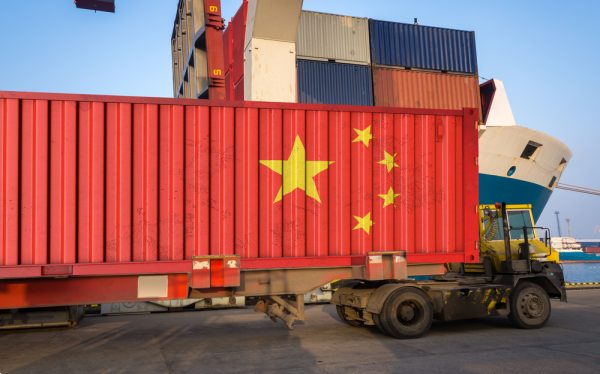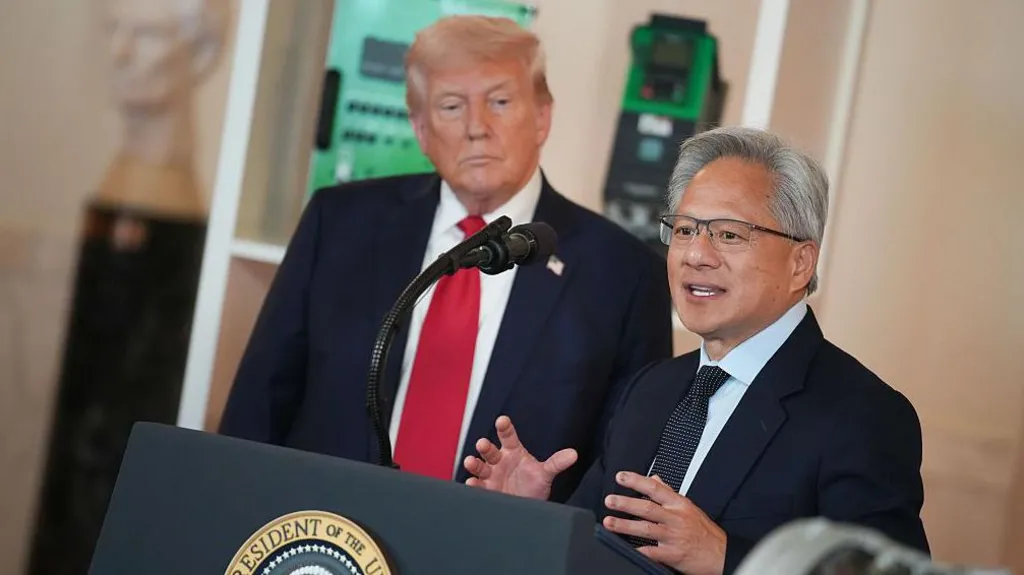The Risks of Favoring China
Not long ago, while I was serving as Indonesia’s coordinating minister for maritime affairs, I overheard a prominent businessman talking with his friend about the merits of doing business with China compared to the United States. “What’s the point of even bothering with America? All the money is coming from China.”
I was hardly surprised. After all, China’s trillion dollar Belt and Road Initiative (BRI) offers the prospect of untold riches. In the Indo-Pacific alone, China has already committed hundreds of billions of dollars in loans for recipient countries to modernize their infrastructure, including seaports, power stations, gas pipelines, highways and rail projects. America can’t even come close to competing.
Just take the China-Pakistan Economic Corridor, as one example. Starting from the warm water port city of Gwadar in the south of Pakistan abutting the Indian Ocean and stretching north into China’s Xinjiang province with projects valued at over $60 billion, the corridor represents a golden opportunity for Pakistan to transform its economy.
Pakistan is just the tip of the iceberg. Country after country in the region – Djibouti, Sri Lanka, Maldives and most of Southeast Asia – are participants in what is undoubtedly the most ambitious push ever for economic modernization. As my business friend implied, it seems like a no-brainer when it comes to business with China.
But as with most good things in life, the BRI is a double-edged sword. Critics say the initiative is a massive debt trap, a “lend-to-own” scheme that will enable Beijing to wrestle control of recipient countries’ strategic assets.
Enjoying this article? Click here to subscribe for full access. Just $5 a month.
And to a large extent, with few exceptions Beijing’s behavior has been showing the world that its antagonists are correct.
In Sri Lanka, for example, located 250 kilometers south of the capital city of Colombo, there is the infamous Hambantota port project. Many analysts had long argued – correctly it turns out – that it was nothing more than a white elephant and doomed for failure.
Diplomat Brief Weekly Newsletter N Get briefed on the story of the week, and developing stories to watch across the Asia-Pacific. Get the Newsletter
The port finally opened in 2010. Yet despite the fact tens that thousands of ships were passing by the new port in what is one of the world’s busiest shipping lanes, only 34 ships dropped their anchors there in 2012. Five years later, after struggling to make payments on the project debt, the Sri Lankan government agreed to what it believed was its only option, namely to lease the port and 15,000 acres of land around it to China for 99 years.
Then, more recently in late May, the Sri Lankan government fanned even more outrage when it passed legislation on a $1.4 billion project located in Colombo Port City, essentially ceding control of the area to China. The bill’s critics charge it has threatened the country’s sovereignty.
A similar scenario could soon be unfolding in Pakistan. Islamabad recently requested that Beijing forgive $3 billion in liabilities owed on China-funded energy projects falling under the China-Pakistan Economic Corridor. Beijing has adamantly refused, which leaves open the question of whether or not a Sri Lankan-type scenario will be played out.
I have similar concerns for my own country. Beijing has already exposed its ill intentions in the case of the Jakarta-Bandung high-speed railway project. During the bidding process of the project, the Chinese put in a much lower bid than their Japanese competitors. But once they won the bid, the picture changed dramatically. During the construction phase of the project, there were multiple price escalations and delays. More than likely, the final cost will be 50-60 percent more than the original estimate. Along with these price escalations, the Indonesian equity will be quickly diluted along the way.
As in Pakistan and Sri Lanka, some Chinese projects in Indonesia are strategically-driven, not commercially-driven. This includes Beijing’s commitment to develop a port in the North Sumatran city of Medan. Another port project with Chinese backing is located in Bitung in North Sulawesi.
Both of these port projects, if realized, are a very big deal, not just for Indonesia but the entire region. The Medan port, if it were ever to fall under Chinese control, would give Beijing the ability to control traffic through the Straits of Malacca. And if they were to control the Bitung port, this would place in Beijing’s hands the second strategic sea lane of Indonesia, the Lombok-Makassar-Menado straits. These straits, combined with the Straits of Malacca, essentially constitute the gateway between the Indian Ocean and East Asia.
Unfortunately, the writing is already on the wall. The scale of these port projects is much bigger than is commercially justified. Once they are built and put into operation, one could easily imagine another failed project, more defaults on Chinese-backed loans, yet another or even two more ports being leased out to China for many decades to come. The loss would not just be Indonesia’s, it would be for the entire Indo-Pacific.
Hopefully, as more and more countries start to question China’s motives there will be a reassessment in the halls of power in Beijing. Indonesia, like the rest of our neighbors in the region, welcomes foreign trade, investment and business relations with any country. But Beijing needs to rethink its model of doing business abroad, especially in terms of making sure it deals us an even hand that assures benefits on both sides of the table.











